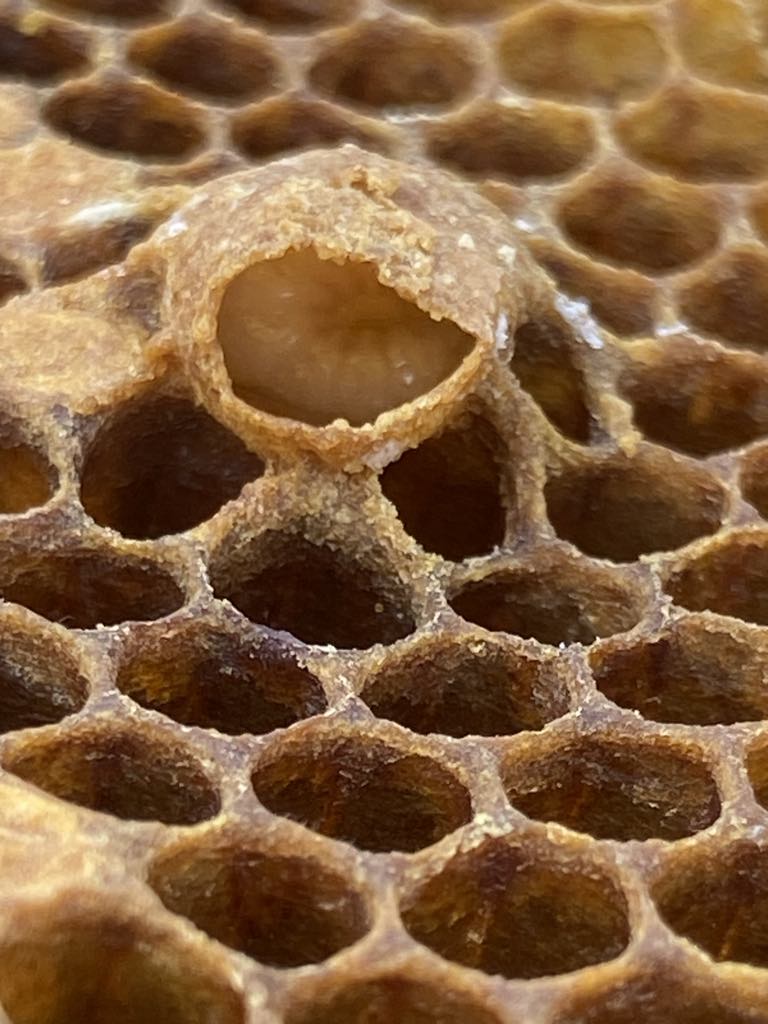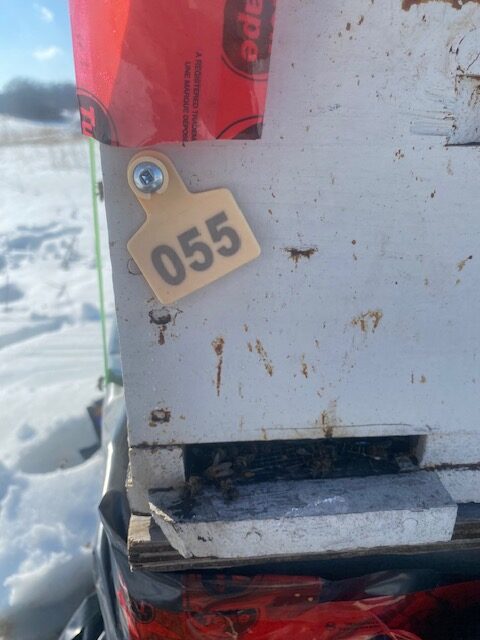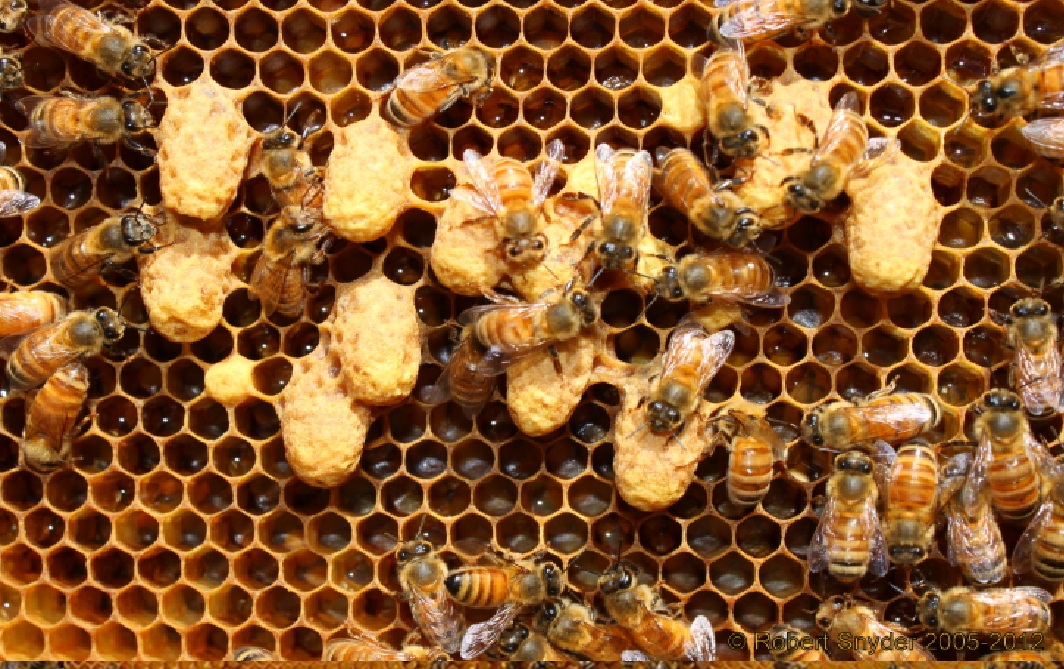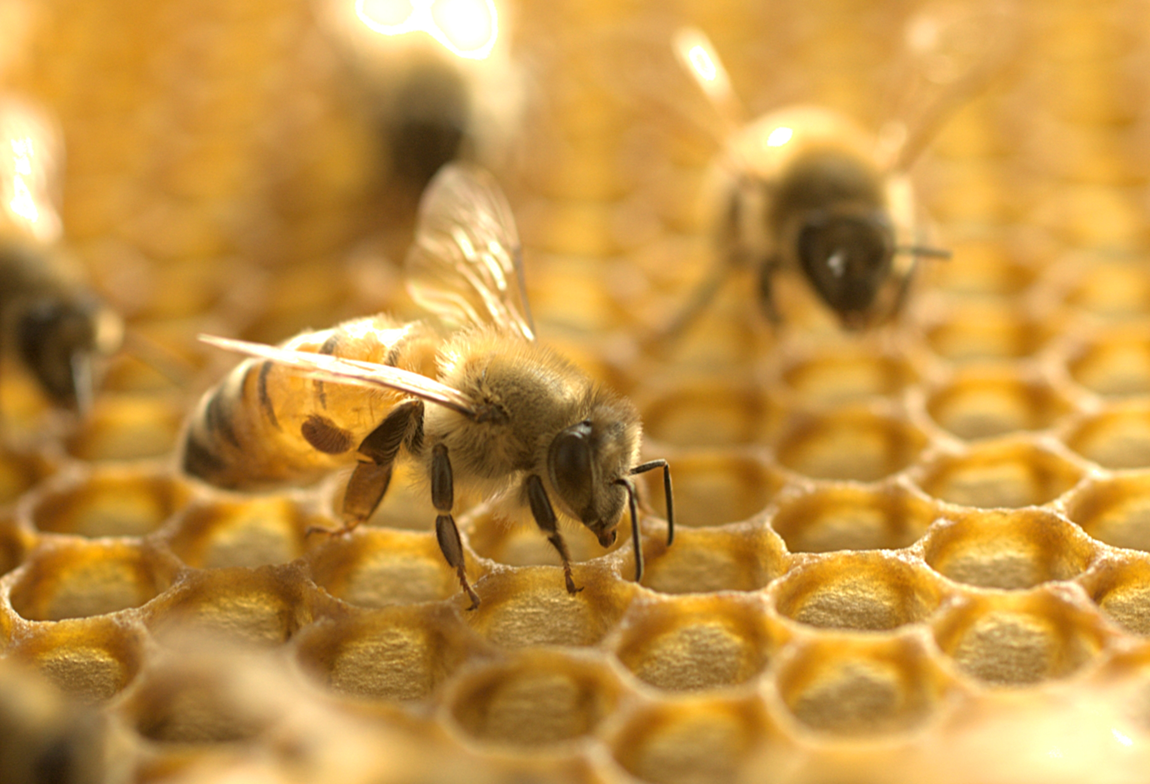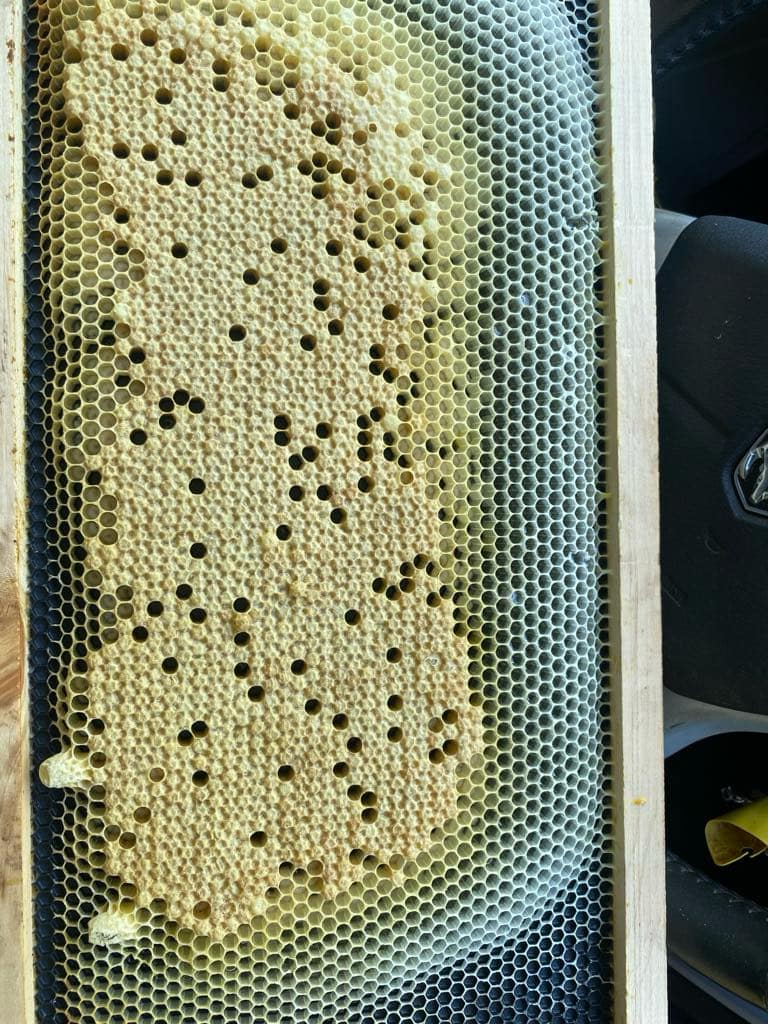
Knowledge is Power: What I learned about Varroa Mite Biology?
“If you know the enemy and know yourself, you need not fear the result of a hundred battles. If you know yourself but not the enemy, for every victory gained you will also suffer a defeat. If you know neither the enemy nor yourself, you will succumb in every battle.” Sun Tzu
This seems to summarize the 20 year battle beekeepers have had against varroa mite.
The battle against Varroa Mite can make or break a beekeeper. It doesn’t matter whether they are new beekeepers, hobbyists, sideliners, or commercial beekeepers. But when you ask beekeepers what they know about their enemy they cannot give more than a brief outline of general varroa mite information.
The varroa mite (Varroa destructor Anderson and Trueman) is an ecto-parasite that attacks the Western honey bee (Apis mellifera). In the early years, A. mellifera colonies almost always die within two to three years after mite infestation. Today, if not treated, the hive will probably not last through one winter.
Feral bee colonies in U.S. were almost totally wiped out by this mite around 1995. There is anecdotal evidence that honeybees might be becoming feral again in recent years (resistant genetics possibly leaking out due to swarming), but there is no systematic study proving this. Just theories:
- There is some hypothesis that Africanized bee genetics are enabling bees to survive.
- Other theories (Michael Palmer) suggest that nuc sized colonies which are the size of wild colonies can out breed varroa mite.
- Other theories suggest that varroa mite cannot handle the humidity levels found in wild hives.
Understanding the varroa mite’s reproductive biology will help us to manage this pest. (1) I am not going to spend a page and a half summarizing the varroa mites biology. There are some excellent research and outlines. Here are some resources that I found useful:
- Varroa Mite Reproductive Biology – Bee the Best!
- Once you understand mitekeeping, beekeeping is stupid simple – Honey Bee Suite
Varroa Mite Lifecycle
Varroa Mites complete their entire lifecycle within the hive.
The lifecycle consists of two phases: one where they feed on adult bees, called the phoretic phase, and a reproductive phase that takes place within a sealed honeycomb cell, where the mites lay eggs on a developing bee larva. (there is some evidence that it is not a true phoretic phase.)
This should create a Mutualism, symbiotic relationship except for one factor. The mite sucks the blood of honeybees and transmits deadly viruses. This is Parasitism, where one species benefits ,while the other is harmed.
This raises the question, should we be paying more attention to treating for the viruses and bacteria?
Female varroa mites enter the brood cell just before it is capped and lay 2-5 eggs after the brood cell is capped. Worker comb will produce 1 – 2 female mite eggs. A Drone cell produces 2-3 mated daughters.
The male mite emerges in 5-6 days. The female mite develops in 7-8 days.
The first egg is a male. The second is a female. Any subsequent mites will be born female.
The new mites breed, while the foundress feeds on the larva. This is when the foundress mite passes viruses and bacteria to the larva.
Mating occurs in the brood cell. Shortly after the male mite dies.
The female pregnant female and the mother mite emerge from the cell after 11 – 12 days.
The mother mite and her daughters attach themselves to bees where they can feed.
The pregnant mite will ‘catch a ride’ until they find a brood comb of the right age.
24-007A-BPB-Varroa-mites_Final.pdf
Varroa mite life cycle and reproduction : USDA ARS
Part #2 discusses how to test, and mistakes beekeepers make by following a reactive, not a proactive management system.

